Building an AMD Ryzen PC puts you on the path to fast computing glory. But how do you pick the best RAM, graphics card and CPU that will fit your budget and work best for you? Ben Griffin sheds some light on the experience, having just built his own.
For a computer capable of multi-tasking, more cores usually means better performance. That and the fact AMD’s Ryzen processors are more affordable than an equivalent Intel is another reason why many computer builders are giving them a go – whether building a top-flight, gaming monster or a budget, Chrome-friendly system.
But the path to glory has been a difficult one for early adopters. Various AMD quirks relating to fussy DDR4 memory and issues with updates to AM4 (the microprocessor socket used for Ryzen CPUs) motherboards has meant some users have needed to be patient, more so than if going the Intel route anyway.
Still, there have been improvements in many areas and there is no denying that, once up and running, Ryzen-toting computers are seriously capable and can achieve high levels of performance for reasonable money.
Unless, of course, you require a top-end graphics card because crypto mining has caused the price of these to skyrocket. In fact, that and the DDR4 memory shortage has meant building your own computer is potentially going to be more expensive than it ever has been. Bad news for your wallet.
You could argue it makes sense to wait before buying said components, especially as there are new AMD processors and Intel graphics cards lurking around the corner, but we feel that the inflated prices of both GPU (graphical processing unit) and RAM (Random Access Memory) are here to stay. If anything, buying now may actually save you money if the prices continue to rise, which many experts believe will be the case.
The best PC accessories and components of 2018
1) How to pick the best DDR4 RAM memory
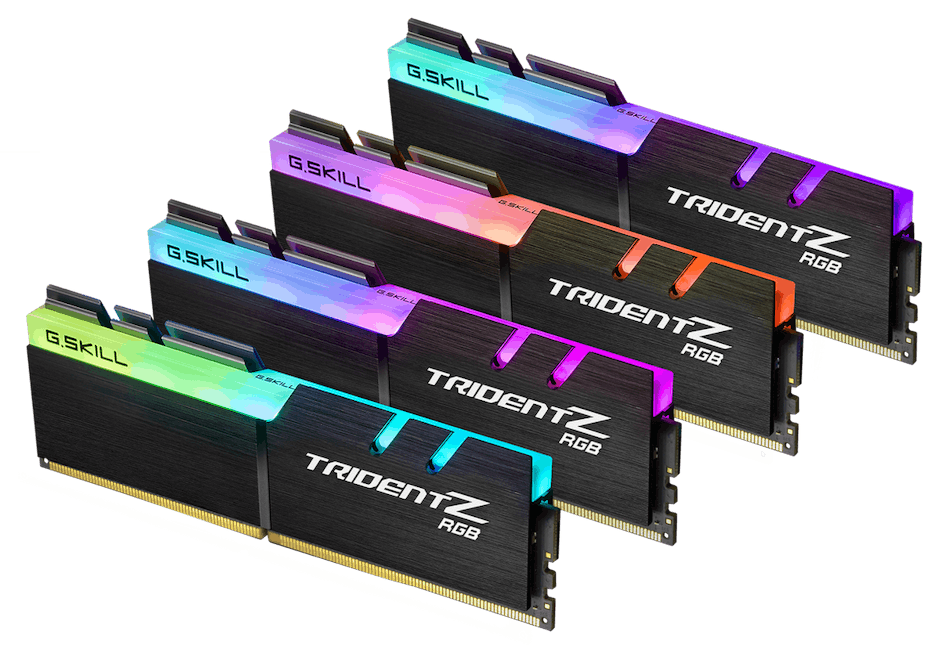
You may want flashy memory that has RGB lighting and the absolute fastest speeds, but Ryzen has limitations. For starters, various tests have shown that 3,000 to 3,200MHz is the sweet spot because going beyond that can result in a default that is much slower. There have been cases where some types of memory can only manage 2.2MHz at best.
Ideally, you should know what motherboard you are after (see below) and then locate the respective list of supported QVL memory (here’s an example for the Asrock X370 Taichi). QVL is short for ‘qualified vendor list’ and basically means that the vendor can vouch for the compatibility, speed and reliability of the RAM. Given that Ryzen can be picky, that QVL list is as invaluable as it is boring to read.
If you operate on the basis that Ryzen benefits from fast RAM up to around 3.2MHz, you can then work out how much you have to spend on DDR4 and then copy and paste the product codes from the QVL list into your preferred computer vendor, such as Amazon UK, Scan or Overclockers.
Be aware that two sticks of RAM will be faster than one because of the way memory works (unless a stick is faulty, of course). So if you want 8GB, buy 2x4GB; 16GB, buy 2x8GB and so on. Also be aware that QVL lists tend to show the total supported memory amount that achieves the highest memory speeds. 16G is usually where things top-out.
You may also want to see if the RAM you want to buy is of the Samsung B-Die variety because these tend to work fastest although at least one manufacturer has confused the process somewhat.
Recombu recommendation
With all those considerations, you can see why recommending one particular type of memory can be difficult. But if we had to, Corsair Vengeance and G.Skill Trident DDR4 will do the trick, preferably 16GB but 8GB will work, too.
2) How to pick the best AM4 motherboard
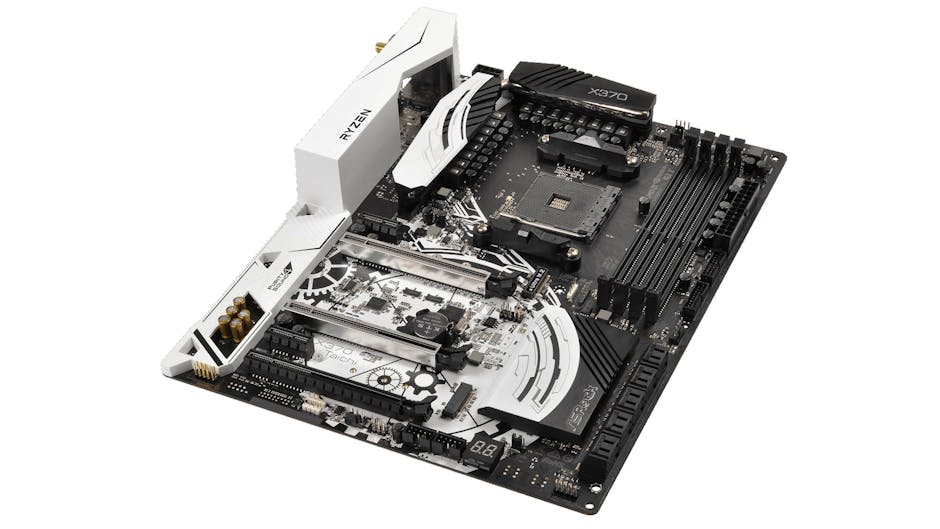
You are best building a computer around something other than the motherboard, but you can at least quickly narrow the choice with your budget limitations and what case you plan to use. An ATX motherboard, for instance, is bigger than Micro ATX so it will need more space. More space means an ATX-friendly case.
Then there is the consideration of the manufacturer. Some are better than others at providing updates, some offer more user-friendly overclocking, some have superior RGB lighting abilities. These factors also depend on the motherboard itself, as a newer product may have more features than an older one.
You will also want to work out how many other components you plan to use. Having a dual graphics card setup will be impossible for Mini-ITX, but some ATX motherboards may also restrict your potential system depending on the layout of your board’s PCI-E and PCI slots, the internal arrangement of your case and how big the graphics cards are.
There is also the matter of AMD’s ThreadRipper processors, which need an X399 motherboard. These are more costly and there are relatively few on the market, especially if you want Micro ATX as currently only Asrock has you covered with the X399M Taichi.
Going for a Micro ATX motherboard limits you to the B350M type as there are no X370M alternatives at the time of writing. For ATX, an X370 motherboard will do you proud (not to mention the flexibility to add more components later down the line) and there are quite a few to choose from. You can also go the really small PC route with a Mini-ITX X370 motherboard.
A few things to note. Firstly, at least two of the AM4-friendly Micro ATX motherboards come with six SATA connectors, which means you can hook up more components. You will, however, lose the use of two of them if you fit an M2 SSD so the gain can be negated depending on your spec.
You may also want to consider the features you want most. If you like decent audio quality, finding a motherboard with a newer, more impressive audio chip makes sense. Spending a little time looking at a decent computer case will help set you on the right path, as PC component reviews tend to be in-depth.
Recombu recommendation
We find the Asrock X370 Taichi’s white and clean design pleasing. It is also a decent performer, affordable and can be overclocked without too much hassle.
3) How to pick the best computer case
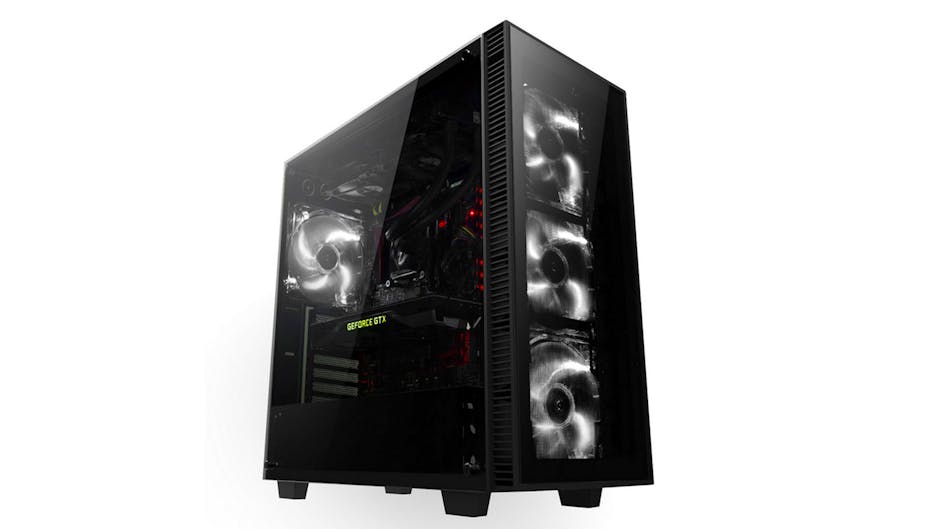
Once you know the size of the computer you want to build, you can pick a case. ATX can be kept fairly discrete with an efficient layout, but Micro ATX and Mini-ITX will be the way to go if wanting to keep your system as compact as possible.
A benefit of ATX is that you have more options, which can help with your budget. The current trend is tempered glass as this material lets you see inside. A slightly dark tint, as you get on the Anidees AI Crystal and Crystal Cube, looks especially neat when packed with various RGB-capable components.
It is worth noting you can fit an Micro ATX motherboard in an ATX case (or even an Mini-ITX) if you think you may want to downsize further down the road although the finished product may look a bit odd with all the extra space around the edge.
A consideration beyond aesthetics and layout is cooling. Many of your components generate heat to some degree so it is up to the job of fans, CPU coolers and the airflow arrangement of your case to reduce the temperature. It is, after all, the heat that causes your components to wear down.
The cooler the better tends to work best, although cranking up all the fans to maximum speed will mean lots of noise. You can sound-proof a case, but this takes time and money. Your best bet is a mixture of decent fans (BeQuiet, Corsair, Noctua and Thermaltake are all excellent) at moderate speeds and a competent CPU cooler. You can go the all-in-one liquid cooling way if space is a premium such as the Cooler Master MasterLiquid ML240L, but an air cooler such as the Artic Freezer 33 eSports One will prove cheaper.
Recombu recommendation
We have to say, the Anidees AI Crystal and its three sides of tempered glass is a stunner and affordable. Corsair, Fractal, NZXT and Thermaltake cases are also great, but usually more expensive. Silverstone’s FT03, meanwhile, is a clever, if oddball, choice for Micro ATX systems.
4) How to pick the best graphics card (GPU)
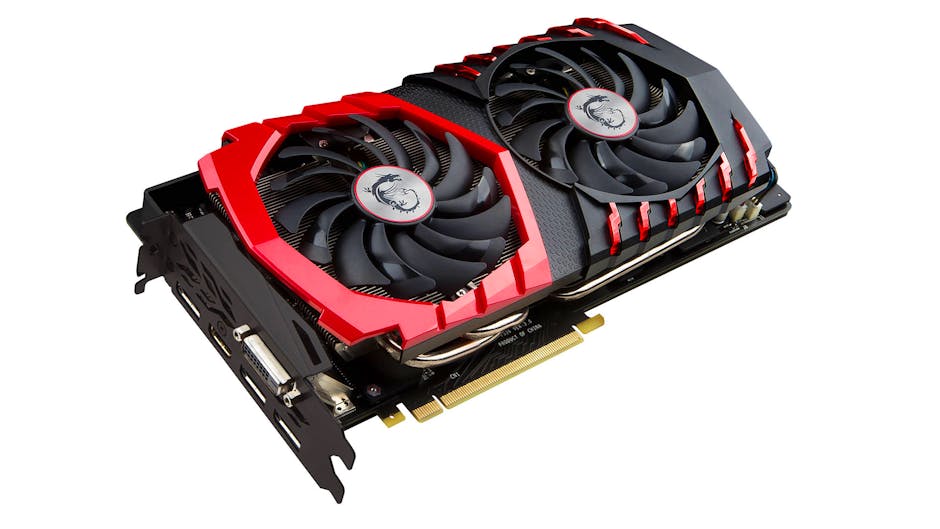
Given that all graphics cards beyond the Nvidia GTX 1050 level are suffering from highly inflated prices right now, you should really consider what types of games you want to play and at what resolutions. There is, for example, no need to spend hundreds on a GTX 1080Ti if you plan to enjoy games at 1080p on medium settings. That would be overkill.
Likewise, a GTX 1060 is a great mid-range card for most gamers, but those who want 4K and high frame rates will need to look to spend more or see low frames-per-second figures. You are also unable to run two GTX 1060 cards at once, unlike the 1050, 1070 and 1080.
Typically, Nvidia graphics cards are much more power efficient than an equivalent AMD. On the flip-side, AMD usually gets you a little more memory (8GB instead of 6GB) for similar money in the UK. The price situation in the US and elsewhere in Europe will vary.
You may also want to consider that AMD’s FreeSync gaming monitors are considerably cheaper than Intel’s G-Sync. Both technologies are designed to match the frame rate of the monitor to the current frame rate of the graphics card, ensuring a stutter-free experience.
Recombu recommendation
For 1080p gaming: Nvidia GTX 1050 or GTX 1060 (3GB). For a 2,560,1,440p resolution, the Nvidia GTX (6GB) makes more sense and is still somewhat affordable. A GTX 1070 Ti and GTX 1080 Ti, meanwhile, will cater for up smooth 2,560×1,440 and 4K gaming, respectively.
5) How to pick the best Ryzen processor (CPU)
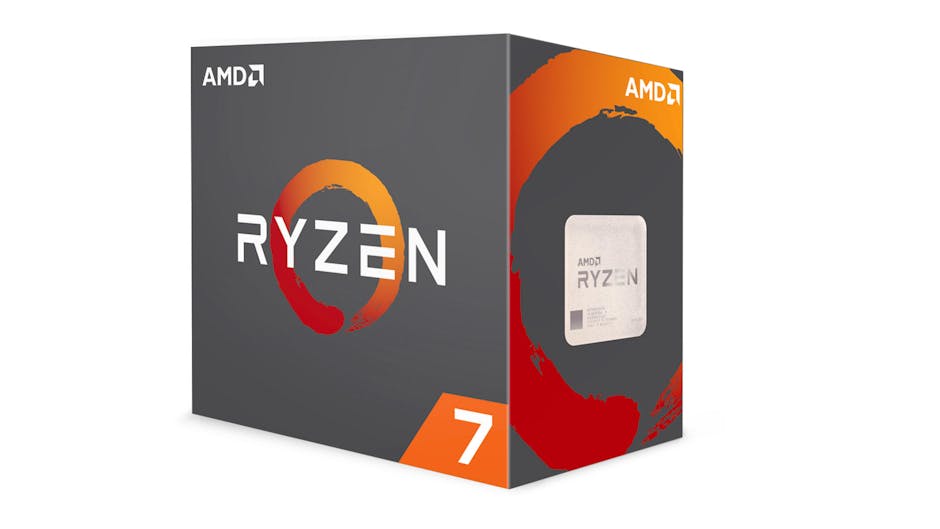
Last but not least is deciding which Ryzen CPU will best serve your needs. Luckily, the range is fairly small and there are at least two immediate winners that are tough to beat, the Ryzen 5 1500 and Ryzen 7 1700.
At the entry-level, you can go for the Ryzen 3 1200, which costs around £85 and has four cores. It also comes with its own +Wraith Stealth Cooler and uses 65w of power so won’t dent your energy bills too much. It is clocked at 3.1GHz and can reach 3.4GHz using the Turbo mode. It is also unlocked for overclocking if you want to eke out yet more performance.
For those on an even tighter budget, you can go for the Ryzen 3 2200G, which comes with an integrated graphics card (APU) although it is hardly a top performer. Think 1080p games on low settings at best.
You are best off spending £150-ish for the Ryzen 5 2400G, which operates at 3.6GHz or 3.9GHz maximum. Despite having the same four cores, it can make use of eight threads for even more processing power, courtesy of Simultaneous MultiThreading (SMT), and has an in-built RX Vega GPU for improved visuals in gaming. This is a good way of creating a solid budget PC without having to shell out on an expensive graphics card.
If you have more cash, the £159 AMD Ryzen 5 1600 is six cores of multi-tasking goodness, which will be especially useful for video editing, video rendering and running lots of software at once. The fact the Ryzen 5 1600 can be overclocked to that of its more costly X variant is a big plus, not that its standard operating speed of 3.2GHz (3.6GHz is the maximum) is slow when there is a total of 12 threads.
Computers that will spend a lot of time multi-tasking and knee-deep in video editing may want to stretch another £100 or so for the eight core, 16 thread Ryzen 7 1700, which has a maximum clock speed of 3.9GHz and can also be overclocked to around that of its X variant. Forgo that and the power drain is a modest 65w.
Money no object builds can use the AMD Ryzen Threadripper 1,950X, although this will require a newer, more costly X399 motherboard as previously mentioned. Not that those spending £810 on a processor will mind too much. At this point, expect 16 physical cores / 32 threads operating at 3.4GHz as standard or boosted to a maximum of 4.0GHz.
Recombu recommendation
Ryzen 5 1600 for a mid-range computer, Ryzen 3 1200 or Ryzen 5 2400G for those on a budget. Ryzen 7 1700 if you have more cash and the AMD ThreadRipper 1950 if money is no object.
Final thoughts
Though Intel systems can work best for gaming if you are willing to spend more, the AMD alternatives pack a really big punch that can hit as hard, sometimes harder in some computing tasks – especially when overclocked. For all-purpose use, the higher number of cores pays dividends.
Being affordable is another plus because the ability to spend a little less on the processor means you can actually spend more on the likes of an SSD, more DDR4 memory or even a slightly more potent graphics card, any and all which will have a significant impact on the overall performance of your computer. All you have to do is throw in some three or four fans, a decent CPU cooler, powerful enough power supply unit (PSU), case with decent airflow and away you go.
Avoid being put off by the building process itself, which we will be doing a guide on soon, because it is predominantly easy. Really, it only involves slotting things in the right places and being able to read instructions unless you want a fancy water-cooled system.
And as those who have already built a computer will attest, the process can be surprisingly rewarding.
Leave a Reply